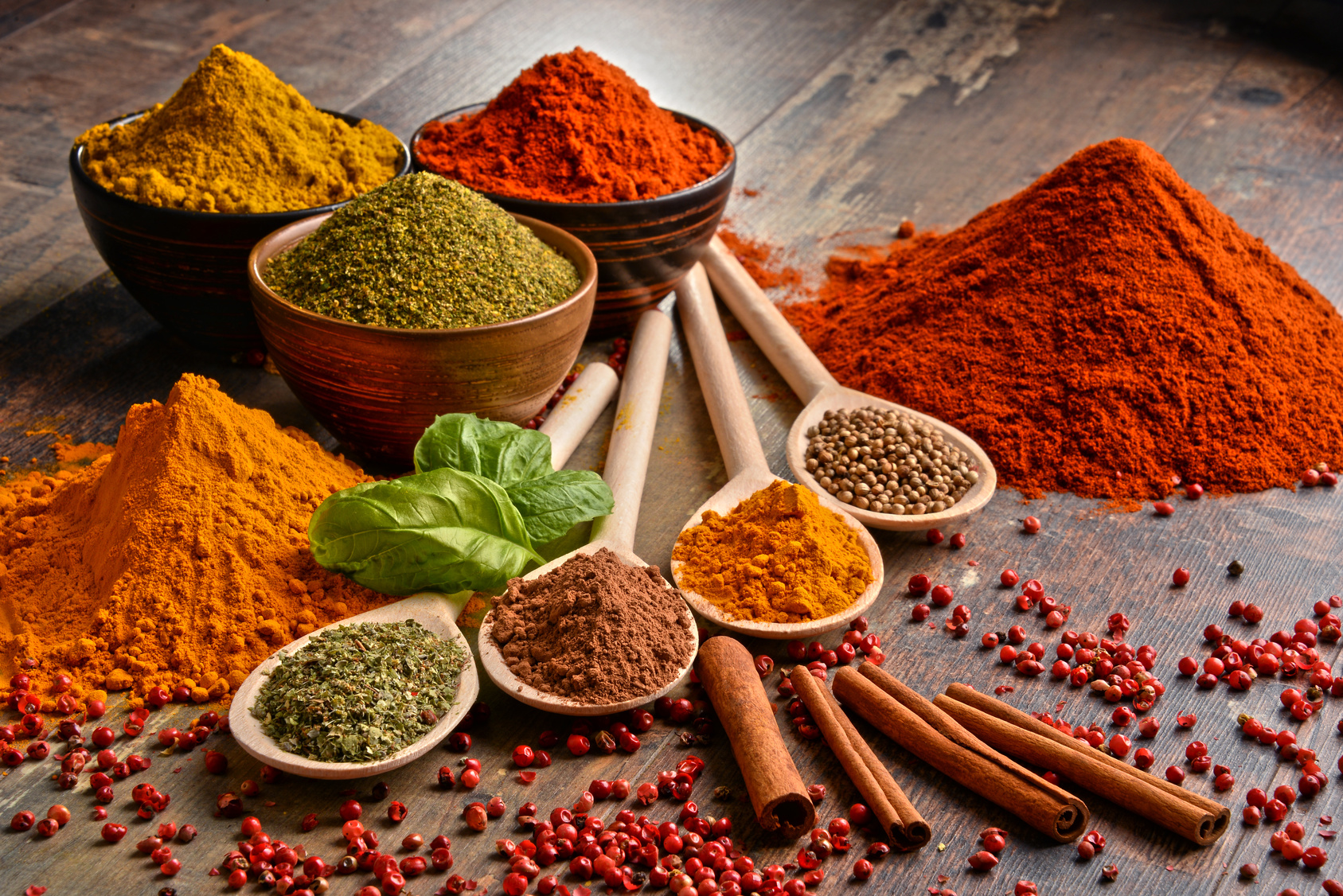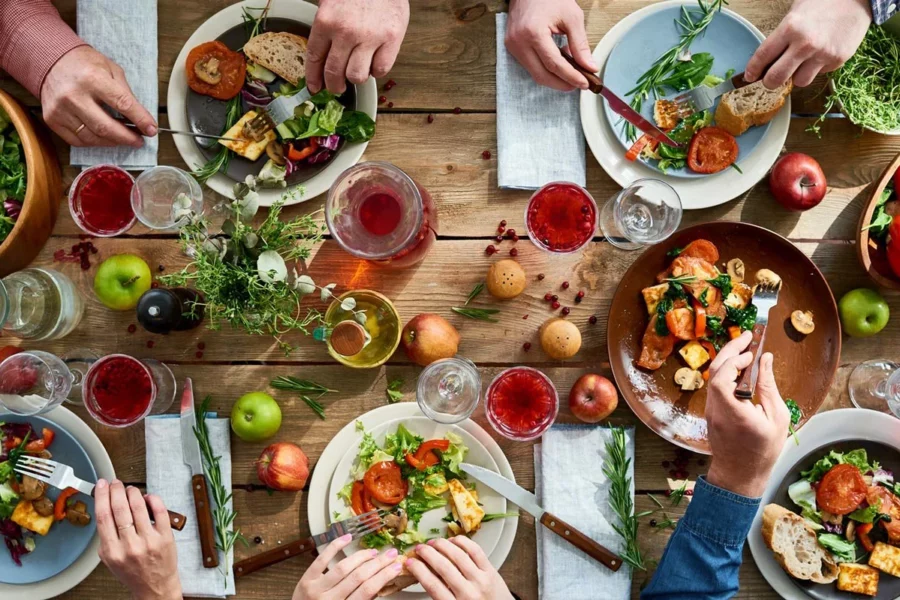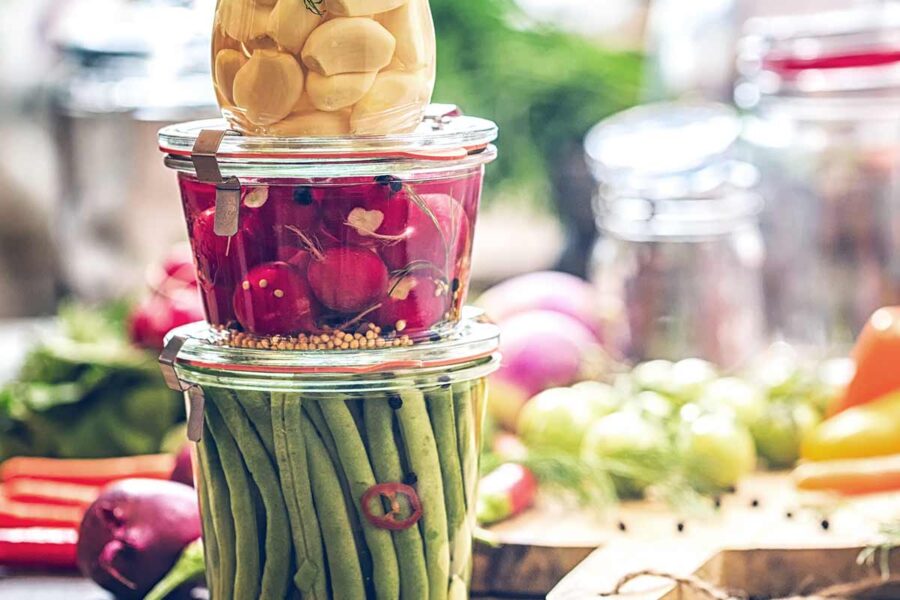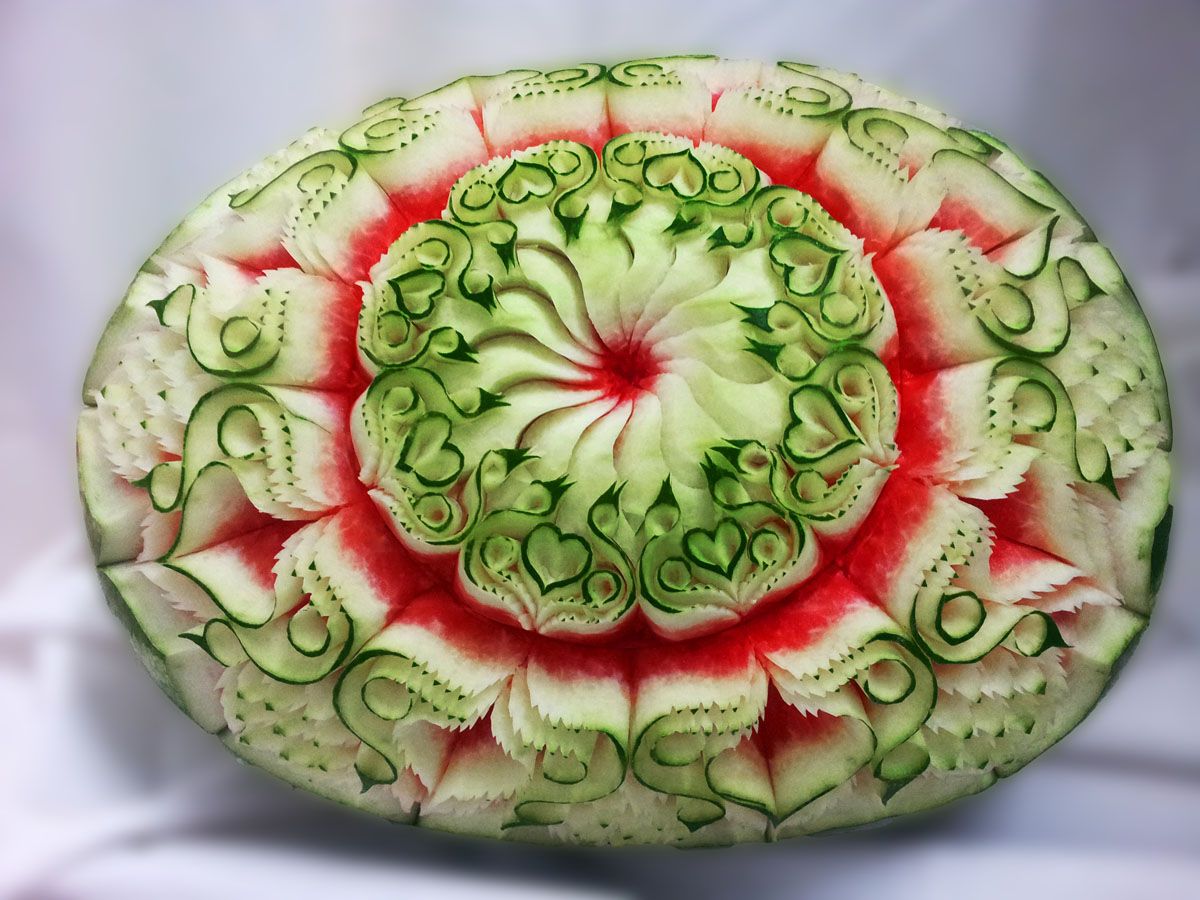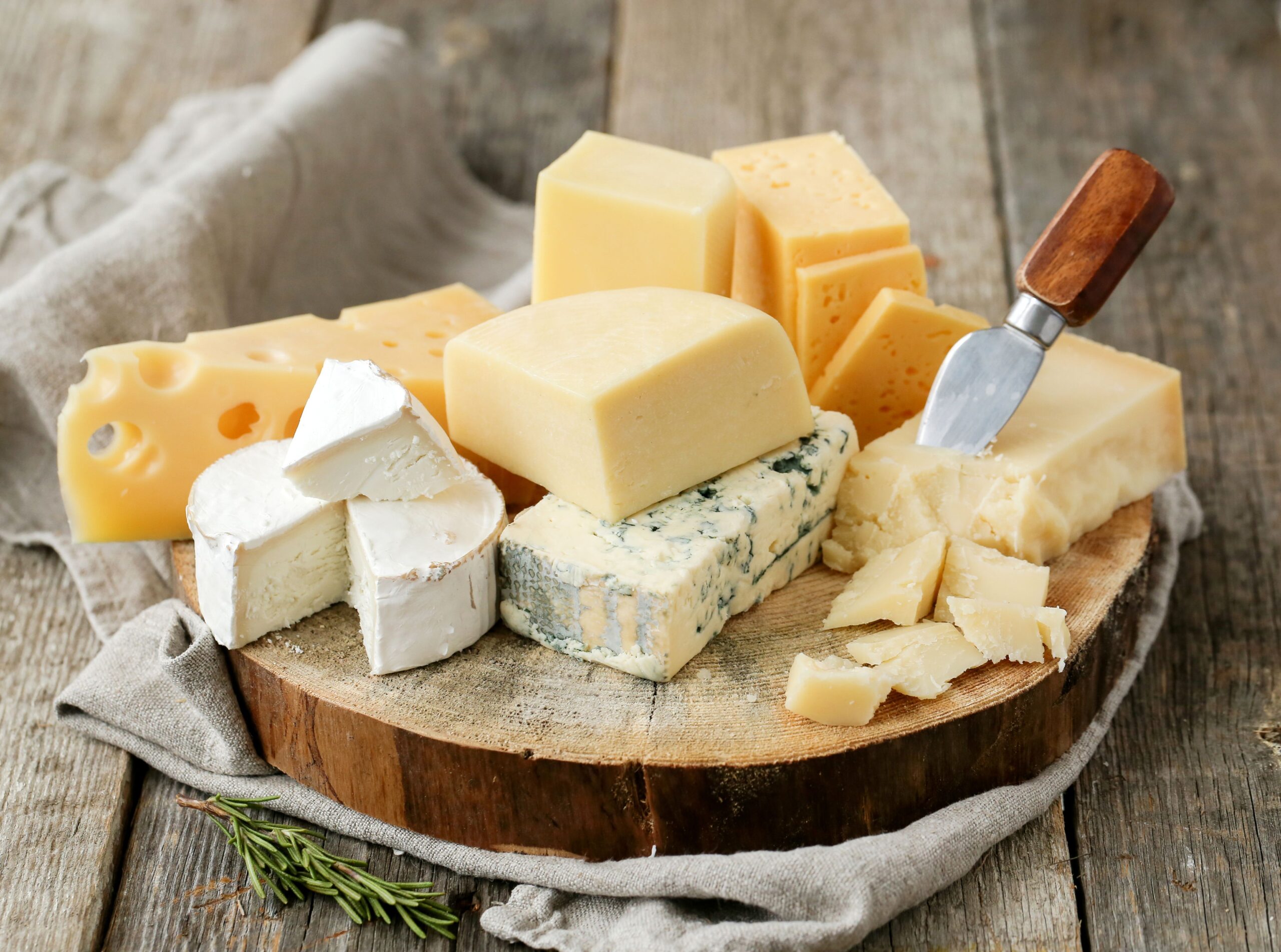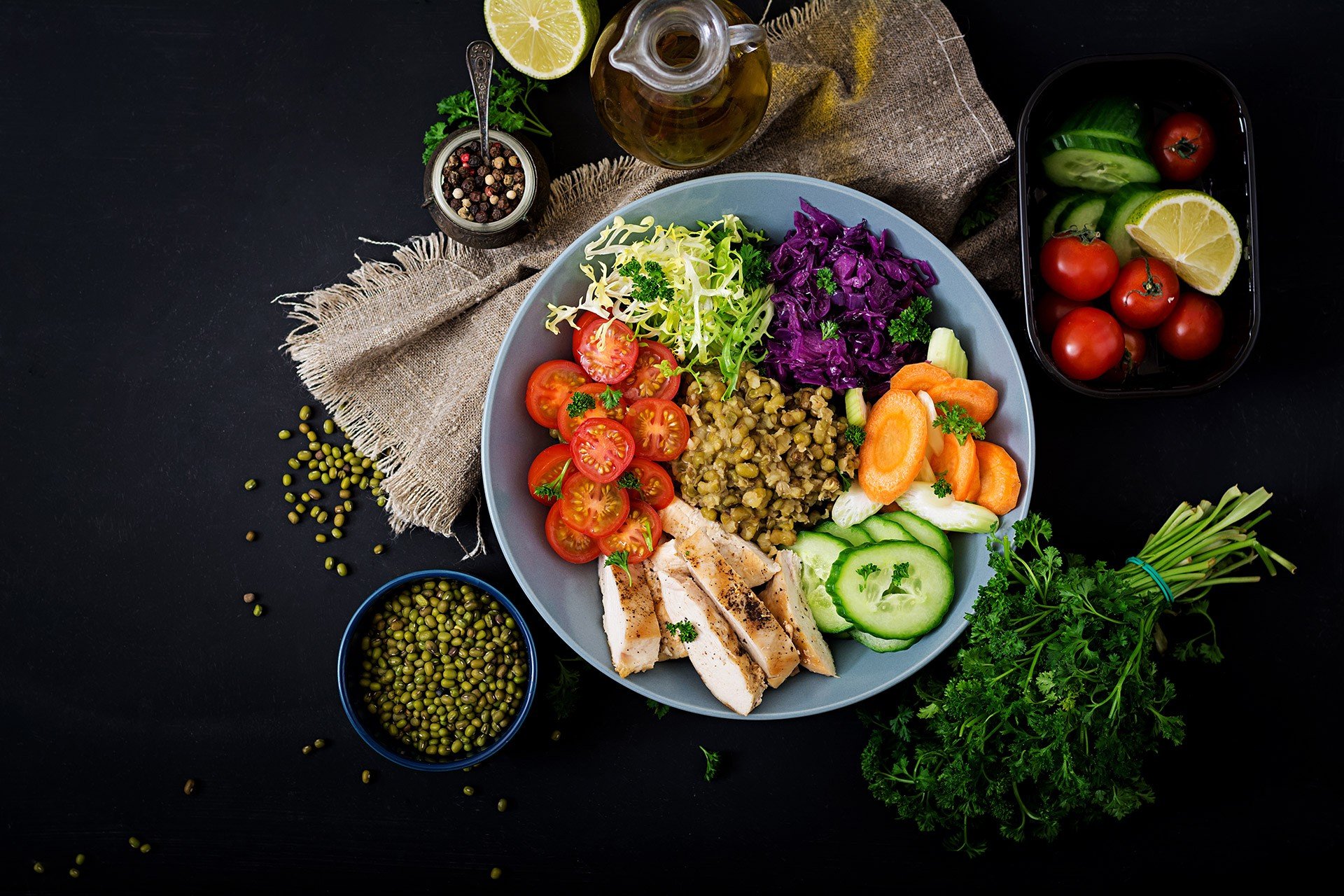Cooking with spices can transform a simple dish into a mouth-watering meal. Let’s dive into the art of blending spices for maximum flavor.
Spice Basics
Spices are the seeds, bark, roots, or other plant substances primarily used for flavoring, coloring, or preserving food. Unlike herbs, which are the leaves, flowers, or stems, spices often come with a stronger flavor and a longer shelf life.
Building a Spice Pantry
Start with a few basics: black pepper, cumin, coriander, turmeric, paprika, and cinnamon. These staples can create various flavor profiles, from earthy and smoky to sweet and spicy.
Understanding Flavors
Spices can be categorized by their flavor profiles:
Sweet: Cinnamon, nutmeg, allspice, and vanilla
Earthy: Cumin, turmeric, and sumac
Hot: Cayenne, black pepper, and chili powder
Floral: Saffron, cardamom, and coriander
Pungent: Cloves, star anise, and fenugreek
Pairing Spices
Combine spices that share a similar flavor profile for a harmonious dish or mix different profiles to create complexity. For instance, cumin pairs well with coriander, sharing an earthy note, while cinnamon can complement spicy cayenne in a balance of sweet and heat.
Toasting Spices
Toasting spices in a dry pan can enhance their flavor. Heat releases the oils and brings out more aroma and depth.
Using Whole Spices
Whole spices last longer and can be freshly ground for more potent flavor. Invest in a good spice grinder or mortar and pestle.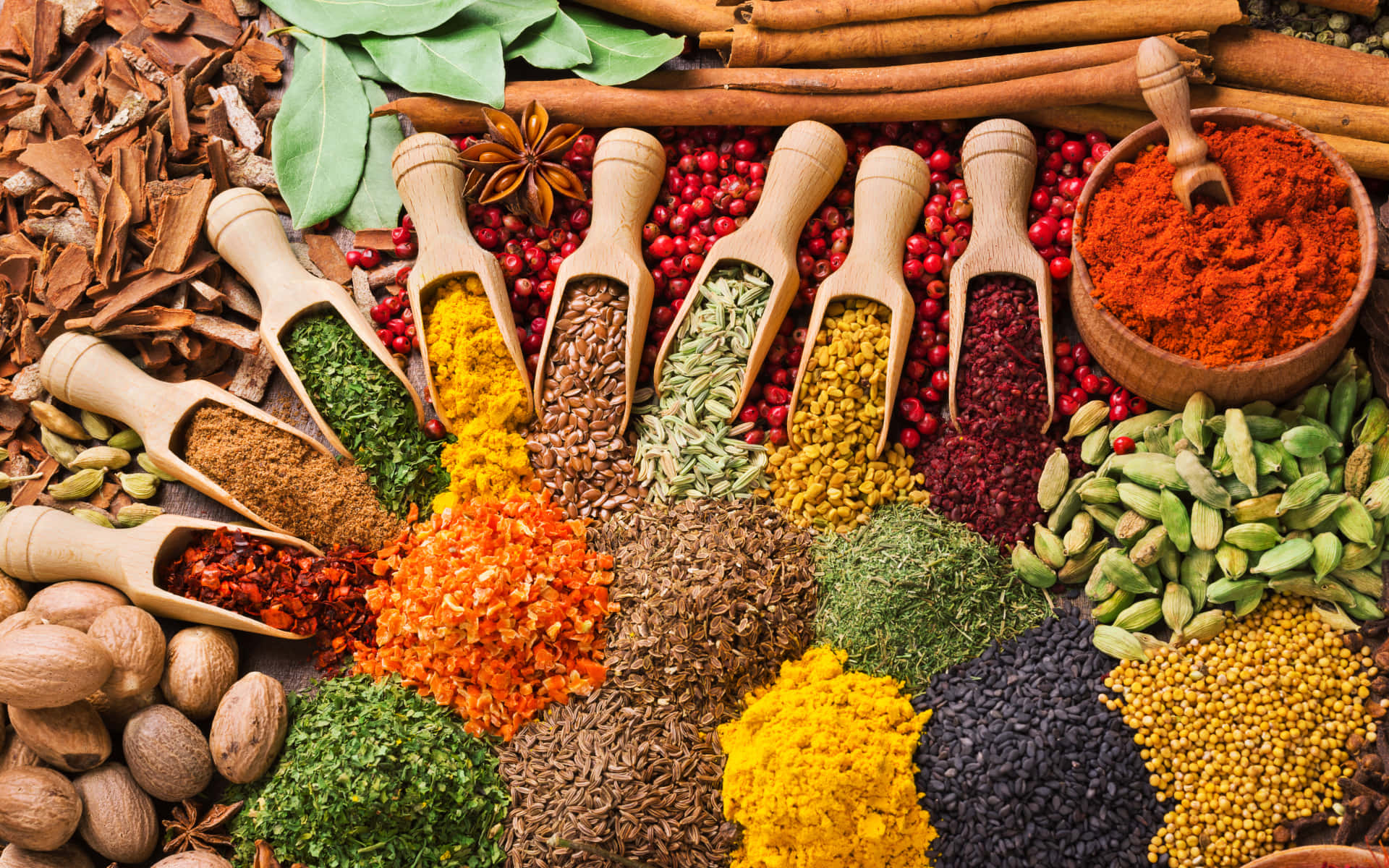
Balance is Key
When starting out, less is more. It’s easier to add more spice if needed than to fix a dish that’s overwhelmed by one.
Spice Mixes
Creating your own spice mixes can save time and add consistent flavor to your cooking. Mixes like garam masala, taco seasoning, or curry powder are useful blends to have on hand.
Regional Flavors
Consider the regional origin of spices when combining them. Spices used together in cultural cuisines have been paired for reasons that often relate to their natural compatibility and traditional culinary practice.
Infusing Oils and Liquids
Infuse spices into oils or broths to gently impart flavor without the risk of overdoing it.
Fresh vs. Dried
Understand when to use fresh spices and when to stick to dry. Dried spices have a more concentrated flavor, suitable for cooking processes with longer times, while fresh spices are best added toward the end of cooking or as garnishes.
The Spice of Life
Experiment with confidence. The beauty of spices lies in their versatility and the personal touch they add to every dish.
Practice Makes Perfect
The more you cook with spices, the more intuitive your combinations will become. Trust your senses, especially taste and smell, to guide your spice adventures.
With a basic understanding of spice profiles and how they combine, you can start to play with flavors like a pro, elevating your cooking to new, exciting heights. Remember, cooking is an exploration—spices are just one way to travel the world from the comfort of your kitchen.
